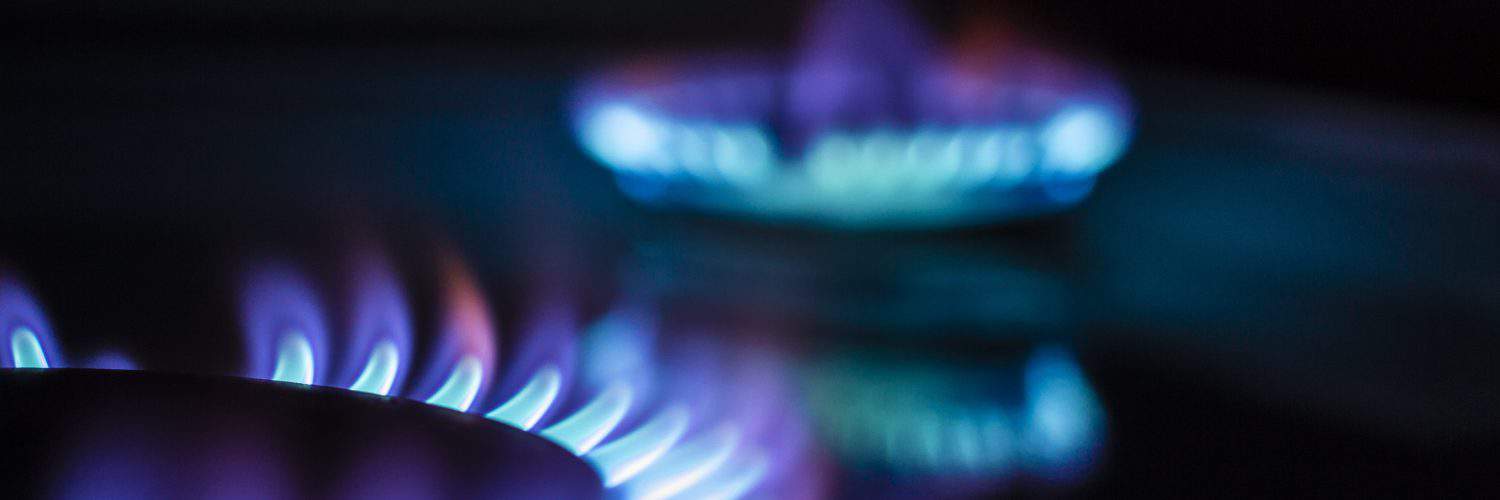Henry Hub natural gas futures prices continue to tumble, trading at US$2.16/MMBtu as of 2:30pm EDT Thursday afternoon. Futures have fallen US$0.27/MMBtu from last week and are down over US$3/MMBtu from a year earlier, as an unusually mild winter in both North America and Europe significantly reduced heating demand. US gas production continues to rise, averaging 98.6 Bdf/d in March, up from 98.2 Bcf/d in February. The EIA reports US liquified natural gas (LNG) exports averaged 106 Bcf/d in 2022, up 9% from 2021. US LNG exports to Europe increased 141% (4 Bcf/d) in 2022, compared to 2021, making it the main destination for US LNG exports at 64% (6.8 Bcf/d) of total US LNG exports. The Russian invasion of Ukraine caused natural gas supply challenges in Europe and high global natural gas prices increased demand for US LNG exports. Europe’s LNG import capacity is expected to grow by one-third in 2024. US LNG export plants currently have the capacity to turn 13.8 Bcf/d of gas into LNG.
The EIA estimated working gas storage was 1,900 Bcf for the week ending March 17th, following an overall withdrawal of 72 Bcf. The pull was slightly below market expectations averaging 76 Bcf, but bullish compared to the five-year average decrease of 45 Bcf. Storage levels are now 36.1% above year-ago levels and, relative to the five-year average, 22.7% greater.
In Canada, the March month-to-date AECO 5a spot rate is C$3.08/GJ, while the month-to-date Dawn Next-Day weighted average index rate is currently C$3.31/GJ. Spot market prices are well below this time last year, after Russia’s invasion of Ukraine impacted global energy markets, and milder weather suppressed demand. Prompt-month futures for AECO are trading at C$2.53/GJ, while Dawn is trading at C$2.92/GJ. Prices have fallen, with week-over-week decreases of $0.15/GJ and $0.32/GJ at AECO and Dawn, respectively. Point Logic reports Canadian natural gas storage for the week ending March 17th was sitting at 356 Bcf, after an overall withdrawal of 18 Bcf. Eastern Canadian storage had a pull of 14 Bcf, while Western Canadian storage had a withdrawal of 5 Bcf. Storage levels are now 65% above prior-year storage levels and 16% greater than the five-year average. Canadian storage is 41% full, with Eastern storage levels now at 42% of capacity and Western storage at 41%. A net withdrawal of 10 Bcf is expected for the week ending tomorrow.
– Karyn Morrison, Energy Advisor








Add comment